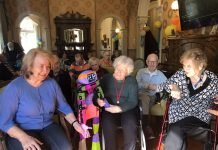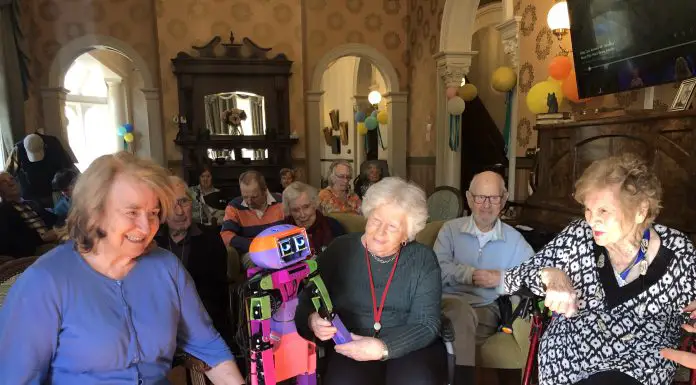Clayburn Figredo, MD of Cleaning Edge Solutions, explains his approach to providing cleaning services and what aged care providers need to consider when assessing their own cleaning requirements. Cleaning Edge Solutions was ranked in the 2020 AFR Boss Most Innovative Companies list.
What a relief, knowing that our aged care community will be first to access COVID-19 vaccines in March next year. But while we wait, COVID-19 has changed the world of cleaning.
No longer are cleaners nameless, faceless people behind the scenes. They are now important team members.
No longer is cleaning a dreaded expense. It is now a valued service, making sure business continues as usual every day.
Cleaning is now a three-step cleaning, disinfecting and sanitising process.
The frequency of cleaning has increased.
Coordinating shared responsibilities between cleaners and staff are critical.
Communication is paramount.
So, how do we navigate the new world of cleaning?
Assess the risk
When COVID-19 made “business as usual” redundant, we went back to basics. We approached each client as if we were working with them for the first time, starting with a risk assessment.
We walked through the premises and detailed requirements against a proposed scope of works, prioritising activities in terms of risk.
We expanded our staff training to cover personal health and hygiene, site access restrictions, Australian Register of Therapeutic Goods (ARTG) approved cleaning products, new COVID-safe processes and QR codes for contract tracing. We even included regular deep cleaning to minimise the risk of infection through air-borne pathogens.
Today, this is our “new normal” – no turning back the clock – its good practice against all infections, not just COVID-19.
Create cleaning plans
Aged care cleaning mirrors hospital cleaning, using a top to bottom and low to high risk cleaning system, with a clear scope of works for each area. As different areas serve different functions, cleaning plans must be created individually. Common areas, back of house and resident rooms for example, have separate cleaning plans and timelines. And if aged care staff intend to disinfect high touch items in between professional cleans, these would be included in the plans.
To ensure compliance and accountability, audits are critical. Our internal auditing team conducts unannounced onsite audits as part of our service.
Train & communicate effectively
Good training, communication and renumeration have been the backbone of our success in sustaining zero infections during the pandemic. Remarkably, none of our casual staff applied for sick leave during this high-pressure time.
Cleaning staff are usually culturally diverse, with English as their second language. A great communication platform is Pandadocs which sends information directly to their personal Inbox; enabling them to translate and view documents in their mother tongue.
WhatsApp is another great communication tool for sending urgent information to all staff.
Process and procedure
A new three step wipe disinfect and sanitise cleaning system has replaced the spray and wipe technique. Cleaning solutions need to be ARTG approved and hospital grade. And single use protocol adopted for equipment.
Most importantly, staff require training in updated infection control and chemical handling procedures. We use storyboards and signage in appropriate locations to reinforce correct procedures.
Personal health and hygiene such as PPE use, handwashing, social distancing in staff common areas and disinfecting personal crockery should be daily habits. Our staff know they can take sick leave so they won’t work when unwell.
Work with the right people
Our best outcomes have been achieved from collaboration and transparency. Which is why we developed an online platform to deliver a consistent and high quality service, crucial for healthcare and food. All documents related to on-site staff, training materials, completed training, completed work, supervisor verification, facial recognition clock-in clock-out timesheets, can be viewed in real time, 24/7 and shared with stakeholders.
If you employ your own cleaners, create a rigorous selection and training program, enforce best practices, be proactive in managing risk.
And if you engage a cleaning company, ensure it has a current triple ISO 9001: Quality Endorsed Management System certification for quality, safety and environmental management.










